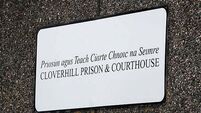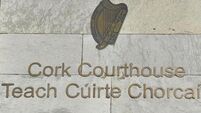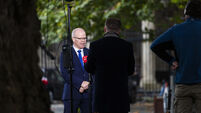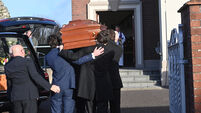Paul Rouse: Football’s darkest day continues to cast a cloud over Liverpool

Fri, 20 Dec, 2019 - 00:00
Paul Rouse
THE MATCH
CONNECT WITH US TODAY
Be the first to know the latest news and updates
CourtsSports ColumnistsHillsboroughPlace: IrelandPlace: Hillsborough StadiumPlace: SheffieldPlace: HillsboroughPlace: Sports StadiumPlace: Leppings Lane EndPerson: Paul RousePerson: Brendan O’ReillyPerson: George HamiltonPerson: Johnny GilesPerson: Alan HansenPerson: HansenPerson: Gary AblettPerson: AblettPerson: Nigel CloughPerson: John GilesPerson: Kenny DalglishPerson: Ronnie WhelanPerson: Ray HoughtonPerson: Steve StauntonPerson: Stuart PearcePerson: Neal WebbPerson: Steve HodgePerson: Bruce GrobbelaarPerson: GrobbelaarPerson: Peter BeardsleyPerson: Ray LewisPerson: Steve NicolPerson: Graeme KellyEvent: FA CupOrganisation: LiverpoolOrganisation: Nottingham ForestOrganisation: RTÉOrganisation: RTÉ StudiosOrganisation: ForestOrganisation: FA














